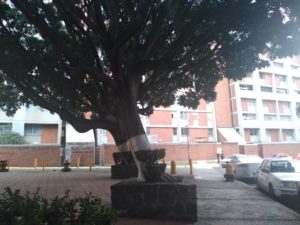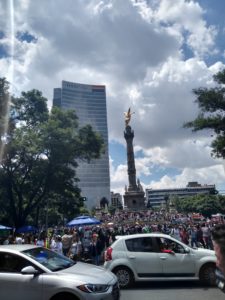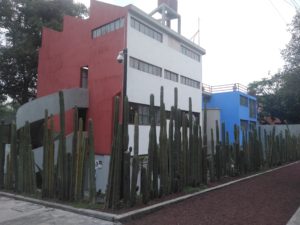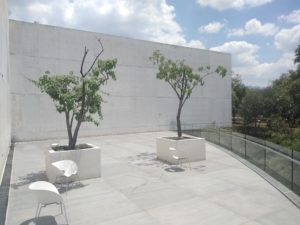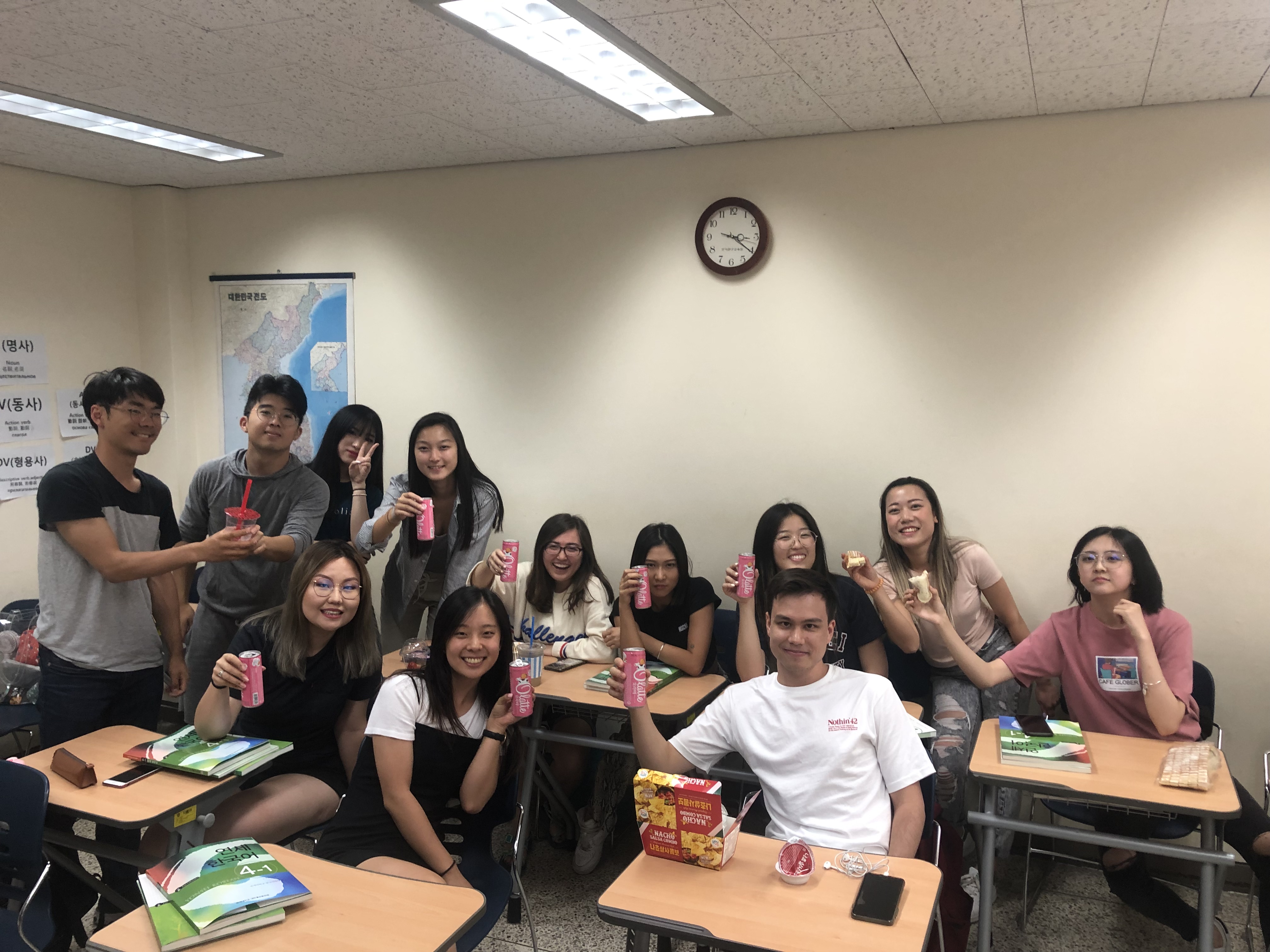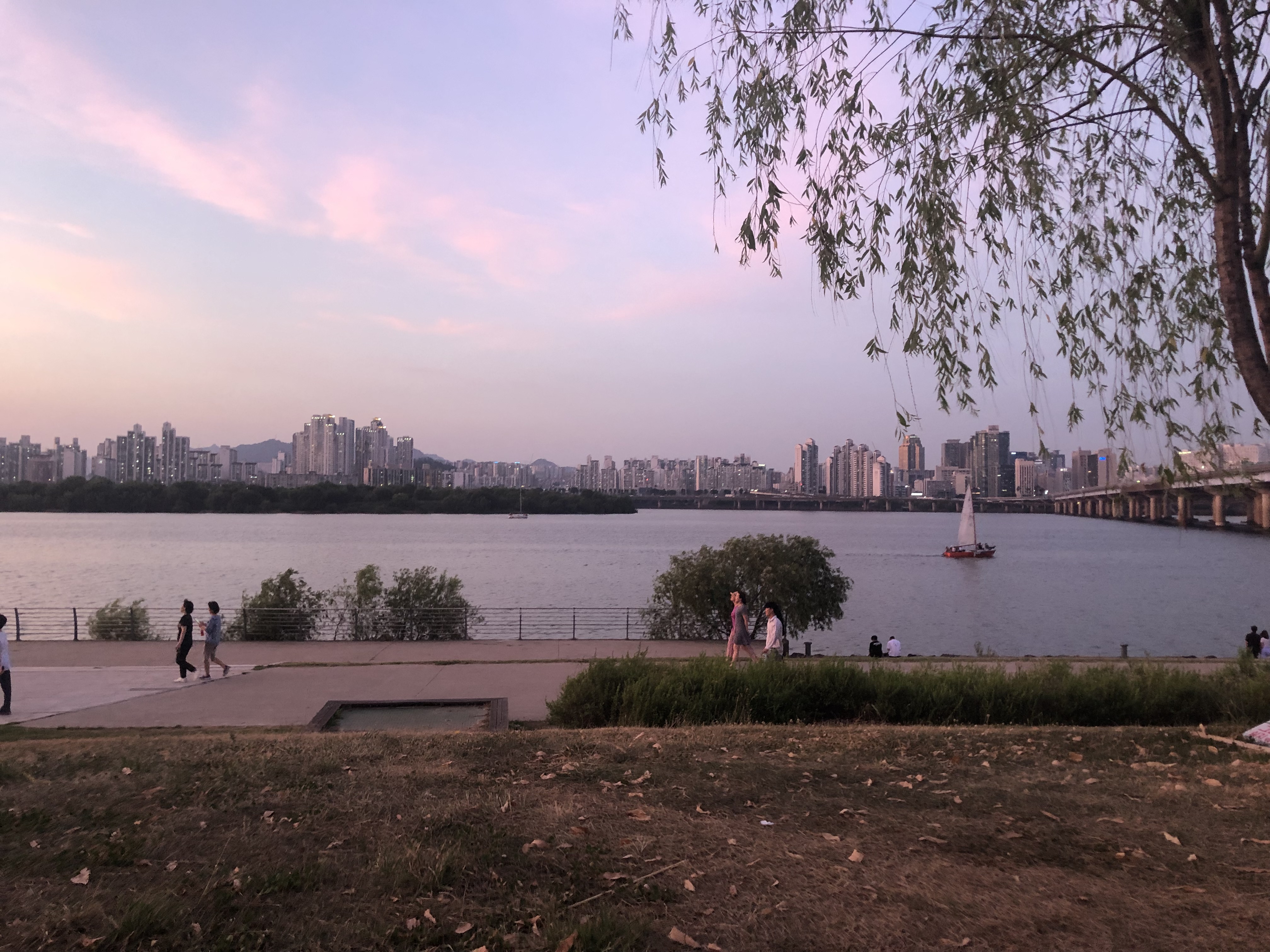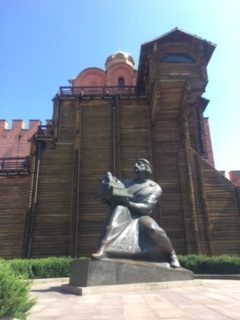
In addition to expanding my vocabulary of more academic and formal words, I hoped to develop a good sense of the slang words used by Ukrainian Russian speakers. To do this, I visited the park near Zoloti Vorota and the NovaMova language school I was attending to ask four strangers about some of the slang I had heard. These strangers included a man and woman in their 20s, and another man and woman in around their 40s-50s. There were 3 slang phrases I had heard of prior to coming to Ukraine, which I hoped to get their opinions on. Hopefully, I would get a better sense of their use, the context in which to use them, and their relative appropriateness.
The first of these was the phrase “V luzhu pyornut,” meaning “to fart in the puddle.” Just based off its English meaning, I could tell it would be crude, but I decided to ask about nonetheless. Both the younger man and woman thought it was quite funny when I asked them about the phrase, and they told me that it is often used after someone has said something very foolish. However, as the older man warned me, it is used in a much more informal context and should not be used in decent conversation. He, as well as the older woman, both agreed though, about the general usage and meaning of the slang phrase.

The next phrase I asked them about was “Vot chuma!” — an exclamation meaning “that’s plague!” While it was difficult to get a precise answer from any of them to find a clear English equivalent, I could tell it meant something like “shucks!” or “blimey!” — an expression of bewilderment, either negative or positive. The older woman did stress that this too should mainly be employed in an informal context, like the previous phrase.
The last phrase they were asked was “Ne ponos, tak zolotukha,” meaning “if not diarrhea, then scrofula.” Again, this phrase got some chuckles out of my interviewees, who were able to explain to me how it is used to mock a person who annoys you by claiming to be sick all of the time. I thought this phrase in particular was a fine example of how languages can develop different words and idioms for a very precise situation or feeling, and how translation tools, while helpful in a basic, survival context, often leave out these more complex nuances of culture and language. I was fortunate to be able to discover these phrases directly from their native speakers, and I appreciated the variety of perspectives on their usage.
